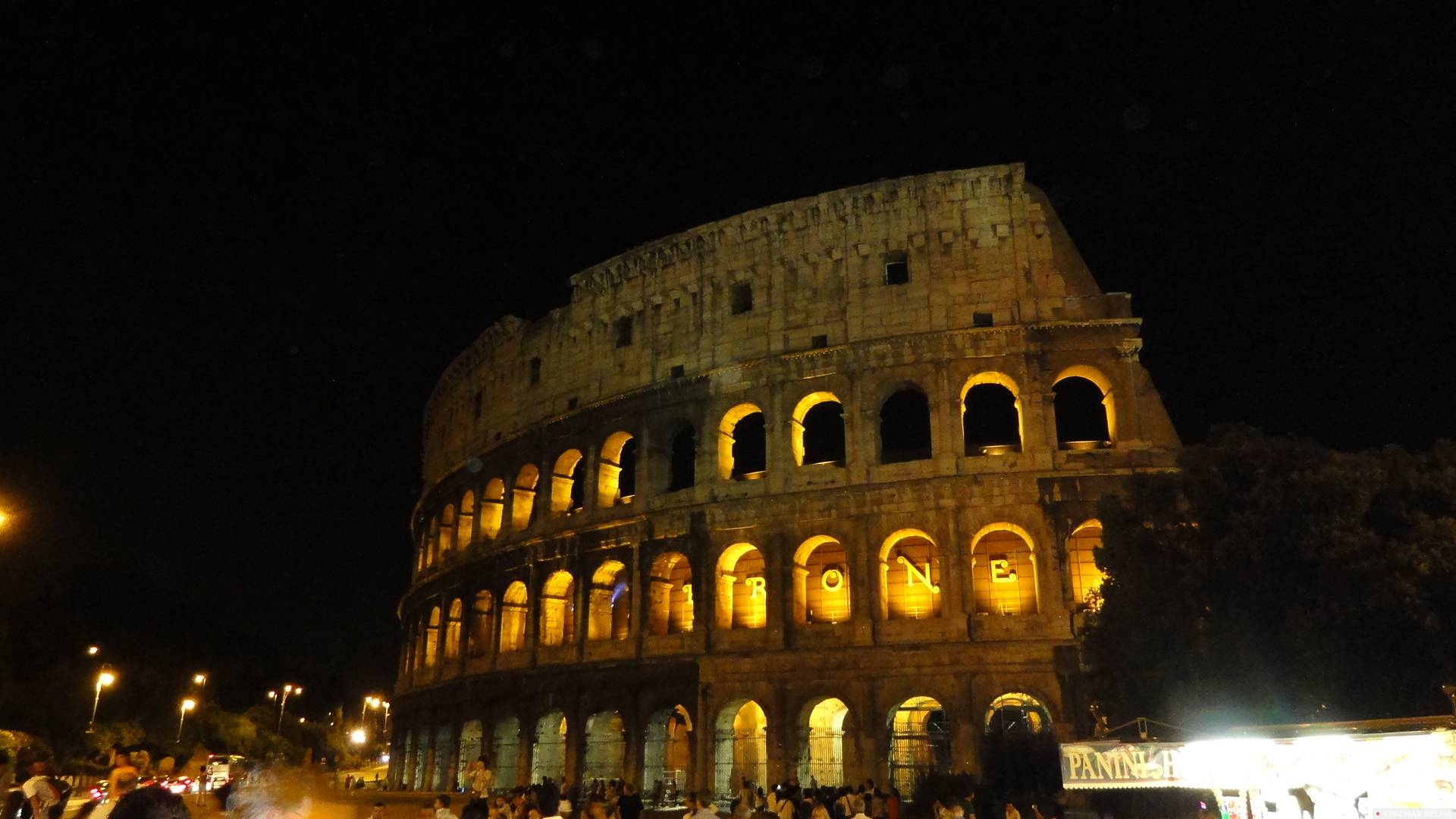
Japan and Italy agreed on a plan to deepen cooperation over the next three years in key areas such as diplomacy, defense and trade, The Japan Times reported on June 15.
The partners have met as Rome seeks to be more active in the Indo-Pacific region and Tokyo seeks to strengthen its network of “like-minded people.” The partners also share common concerns about rising regional tensions.
The roadmap to 2027, announced Friday by Prime Minister Fumio Kishida and his Italian counterpart Giorgia Meloni on the sidelines of the three-day G7 leaders’ summit in Italy, outlines a series of concrete steps and commitments to bring strategic partnership to new heights. .
The plan covers issues in seven areas, including diplomacy, defense and security, trade and economic security, cultural and people-to-people exchanges, science and technology, and food and agriculture.
Meloni, who chaired this year’s G7 summit, hailed the “significant progress” made since the two countries elevated their bilateral relations to the level of “strategic partnership” in January last year.
The plan, the first of its kind between Japan and Italy, is a testament to the importance both leaders place on developing bilateral relations as their countries come to greater agreement on issues such as the war in Ukraine, the conflict in Gaza Strip and the China War. actions in the Indo-Pacific region, African development and improving economic sustainability.
In terms of diplomacy, the action plan calls for both sides to institutionalize annual “strategic dialogue” meetings between their countries’ foreign and defense ministries, while Tokyo and Rome also commit to working together both bilaterally and through of multilateral forums such as the British Seven. “and the UN.
The document also calls for greater coordination on economic security, including the fight against economic coercion and non-market policies such as “opaque and harmful industrial subsidies”, a measure apparently aimed at creating a united front against China.
The strategic partners also committed to diversifying supply chains for critical minerals and semiconductors, while promoting bilateral investment and trade in areas such as agricultural technology, automotive, space and the transition to green energy, including to through the Japan-EU Economic Partnership Agreement.
In terms of military cooperation, Rome and Tokyo will standardize high-level talks and expand joint defense and security activities, including ship calls in Italian and Japanese ports, joint exercises and greater defense-industrial cooperation.
Both sides also agreed to begin formal negotiations on a bilateral procurement and cross-service agreement, a move that will facilitate the rapid and seamless delivery of supplies and services between their militaries.
Through a joint combat program, naval port calls, combat exercises and information exchange, Italy and Japan have rapidly deepened industrial and security and defense cooperation in recent years.
Rome began stepping up its security efforts last June when the patrol ship Morosini docked at the Yokosuka naval base as part of a five-month stay in the region, the first by an Italian warship in more than 20 years.
This was followed in August by the country’s first joint combat exercise after a contingent of four Italian Air Force F-35A fighters flew to Japan as part of a complex logistics operation.
The move is part of a broader partnership that includes Air Self-Defense Force pilots receiving advanced training at the Italian International Flying School in Decimomannu, Sardinia, starting in 2022.
Additionally, the Italian Navy recently sent its modernized flagship, the aircraft carrier USS Cavour, on a tour of the Indo-Pacific region, during which the ship will make a port call in Japan in August after visiting Australia.
Cavour’s arrival will also include exercises with the Maritime Self-Defense Force using F-35B fighter jets.
Both countries are purchasing both the F-35A conventional takeoff and landing fighter and variants of the promising F-35B short takeoff and vertical landing aircraft. Rome will deploy 60 F-35As and 30 F-35Bs, while Tokyo plans to buy up to 105 F-35As and 42 F-35Bs in the coming years, the most of any non-US customer.
Japan plans to deploy some F-35Bs on its two Izumo-class helicopter carriers, which are being converted into light aircraft carriers. Cavour has already started working with several F-35Bs.
Bilateral relations are also rapidly expanding in the areas of defense research and industrial cooperation, with Italy and Japan working alongside the UK on the Global Combat Air Programme, a trilateral project to develop the next generation of fighter aircraft.
The supersonic aircraft, scheduled for completion in 2035, is intended to replace around 90 aging ASDF F-2 fighters, with the UK and Italy planning to use it to replace 144 and 94 Eurofighters respectively. The program marks the first time Tokyo has collaborated with other countries, without U.S. involvement, to meet basic defense needs.
NATO member Italy echoed an argument often used by both the alliance and Japan to increase their military presence in the region, saying that European security is “inseparable” from the security of the Indo-European region. Peaceful.
For its part, Japan is building a network of international defense partners, including individual European countries and NATO as a whole, amid concerns about North Korea’s nuclear weapons and China’s growing military capabilities.
Although the new roadmap only covers the next three years, analysts do not rule out the possibility of the two partners renewing the agreement in 2027.
Source: Rossa Primavera
I am Michael Melvin, an experienced news writer with a passion for uncovering stories and bringing them to the public. I have been working in the news industry for over five years now, and my work has been published on multiple websites. As an author at 24 News Reporters, I cover world section of current events stories that are both informative and captivating to read.
